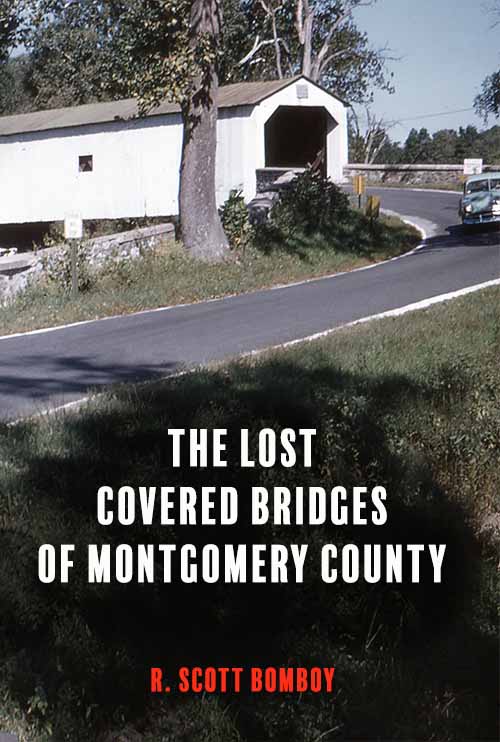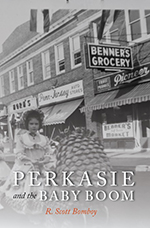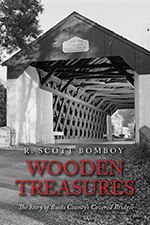One of the unanswered questions about Perkasie Village’s early history was the construction date of the row homes on Eighth Street above the train tracks. The homes appear in J.D. Scott’s 1876 map of Perkasie. But now we know the year they were built.
The Lansdale Historical Society has digitized its newspapers from 1870 and 1926, and they appear on Newspapers.com. The iconic Eighth Street row homes were built during the summer of 1874 and owned by the original town founders of Perkasie.
“Among the improvements in contemplation at Perkasie on the North Pennsylvania Railroad during the coming summer are new dwellings to be erected by Enos Kulp, Abraham Benner and Josiah Diehl on the upper side of the railroad. Joseph A. Hendricks and Henry Moyer intend to build two new houses each and Joseph Moyer and John Harr each one new house all in one block,” said the Lansdale Reporter in April 1874
J.D. Scott’s map from 1876 shows that the Moyer Brothers (Joseph G. and Henry G.) had partnered with town founder Joseph A. Hendricks and John Harr, the owner of the Perkasie Hotel, to build the block. These were probably early rental properties in Perkasie.
The row homes, with their steep gables, are unique and one of the borough’s architectural treasures.
















